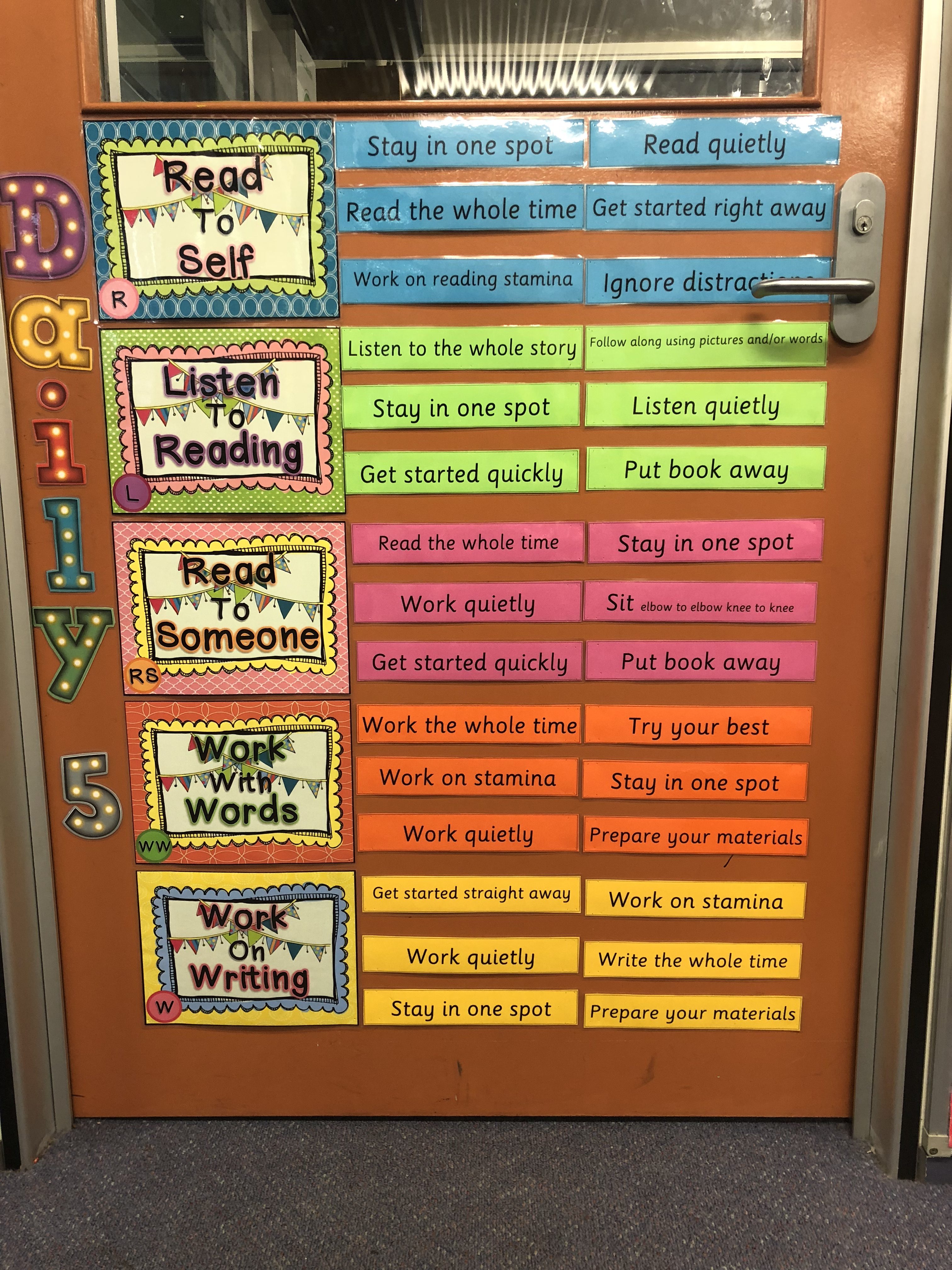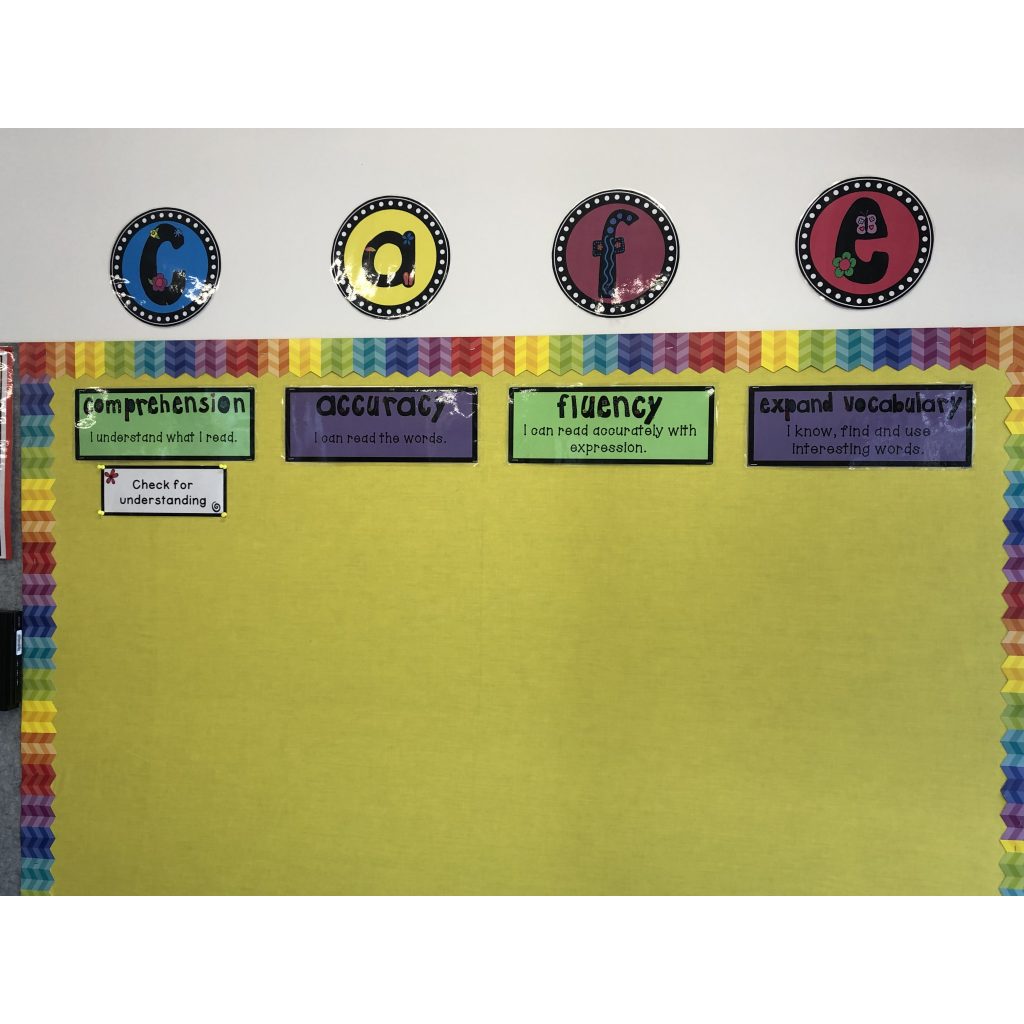Literacy Initiatives
Consistency in Curriculum programs and delivery across the school is essential for student growth. The following initiatives are embedded into literacy practice across the school. These evidence-based approaches enable students to transition from one year level to the next secure in the familiarity of routine and language during their literacy learning.
SMART Spelling
The SMART spelling approach (developed by Michelle Hutchison) provides sequential progression of the teaching of spelling patterns via a comprehensive Scope and Sequence as well as a clear and concise introduction to, and consolidation of, Spelling rules (the English language can be such a minefield of exceptions to the rule!).
Students in Years 1 – 6 take home a spelling sheet each week with the words they have chosen and learn these words and their meanings throughout the week, in preparation for a weekly spelling test.
The SMART spelling approach provides students with the opportunity to master a growing repertoire of words to support both their reading and writing skills.
Writer’s Notebook
Each child, from Prep to Year 6 (as well as each teacher) has their very own Notebook (with a personalized cover) which they fill with their thoughts, memories, favourite words, phrases, lists, ideas for stories as well as practising aspects of spelling and grammar. The Notebook is an essential tool for the students as writers.
By using the Writer’s Notebook, students build a rich source of ‘authorial’ skills, trying out new ideas, structures, words, phrases etc to further support their writing development. As authors, in charge of their own Notebooks, the children can gather, reflect and learn from their entries.
6 + 1 Traits of Writing
We embed and enhance our teaching of writing based on the 6 + 1 Traits which are delivered within the framework of the PYP and the guidelines of the Victorian Curriculum. The Six Traits are the qualities that teachers, writers and readers think are important in good writing. The Traits provide teachers with a shared vision and vocabulary for describing the qualities of good writing. It is our intention to embed this vocabulary in both our instructions to children and in our feedback to make our teaching even more explicit.
Ideas
Ideas are the heart of the message, the content of the piece, the main theme, together with the details that enrich and develop that theme. It includes being able to find a topic, focus the topic, develop the topic and use details to support the content.
Organisation
Organisation is the logical structure and pattern of ideas within a piece of writing. It refers to the order of ideas and the way the writer moves from one idea to the next.
Voice
Voice is the ‘soul’ of the piece and what makes the writer’s style distinctive. It is the expression of the writer’s personality through words.
Word Choice
Word choice involves the use of rich, colourful and precise language. Authors will make particular choices of vocabulary to suit their purpose/genre.
Sentence Fluency
Sentence fluency is the rhythm and flow of language, the sound of word patterns, the way the writing plays to the ear – not just the eye. It includes sentences which vary in length, beginnings, structure and style.
Conventions
The Conventions trait is the mechanical correctness of the piece and includes five elements: spelling, punctuation, capitalisation, grammar/usage and paragraphing.
Presentation
This is the ‘+1’ trait which simply refers to the fact it was introduced after the first 6 were identified. Presentation combines both visual and textual elements. It is the way we exhibit or present our message on paper. It includes balance of white space with visuals and text, graphics, neatness, handwriting, font selection, borders and overall appearance.
Daily 5 & CAFÉ
Daily 5 (developed by Gail Boushey & Joan Moser), is a literacy framework that instills behaviours of independence, creates a classroom of highly engaged readers, writers and learners and provides teachers with the time and structure to meet diverse student needs. This method offers students the following five choices of activities to work independently toward personal literacy goals:
- Read to Self
- Work on Writing
- Read to Someone
- Listen to Reading
- Word Work
Daily 5 is a simple but powerful structure that:
- enables teachers to spend less time on classroom management and more time teaching;
- helps students develop independence, stamina, and accountability;
- provides students with an abundant amount of time for practicing reading and writing
- increases the amount of time teachers spend with students one-on-one and in small groups.
The CAFÉ approach bolsters the key strategies of successful reading and compliments the Daily 5 structure:
- Comprehension
- Accuracy
- Fluency and
- Expand Vocabulary.
Classroom Libraries
There is a multitude of research which shows, quite simply, that the amount of books children are exposed to is one of the most significant contributing factors to their ability to read. In addition, it is absolutely vital that children have the opportunity to read 2 or 3 times per day.
To this end we have classroom libraries. These are separate to our wonderful School Library and provide an extra resource area for children to select and enjoy books and other reading material. Classroom Libraries hold as many books as we can possibly manage so that the children have access to a wide variety of interesting and well-written texts.
Students are asked for their input regarding what they would like to read and also have the opportunity to sort the books and make judgements about categories. The tubs are clearly labelled so that the children can quickly and easily find a text that interests them.
Classroom libraries are used in many ways to enhance reading skills as well as promoting a love of books. There are opportunities to make ‘Good Read’ recommendations to peers, participate in a Mini Book Club and be introduced to a new author or text type.
With the Daily 5 which includes ‘Read to Self’ and ‘Read to Others’ (as well as reading outside of school hours), our children at Beaumaris North are provided with as many opportunities as possible.







